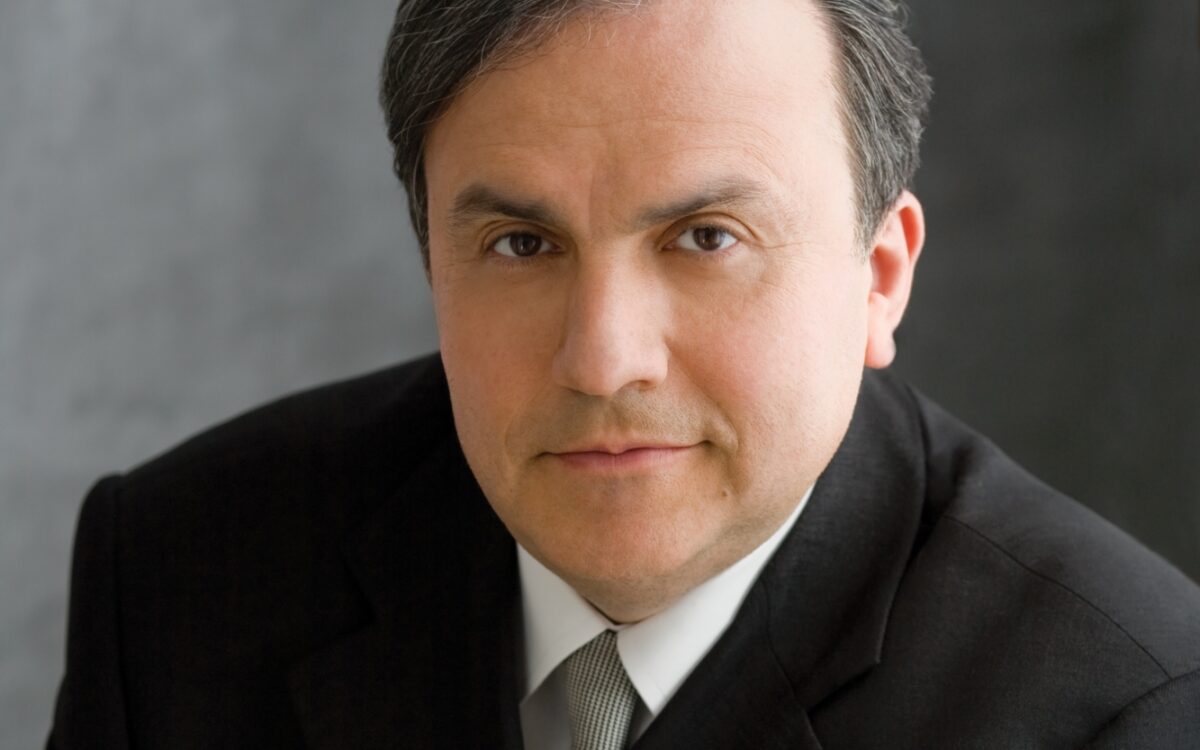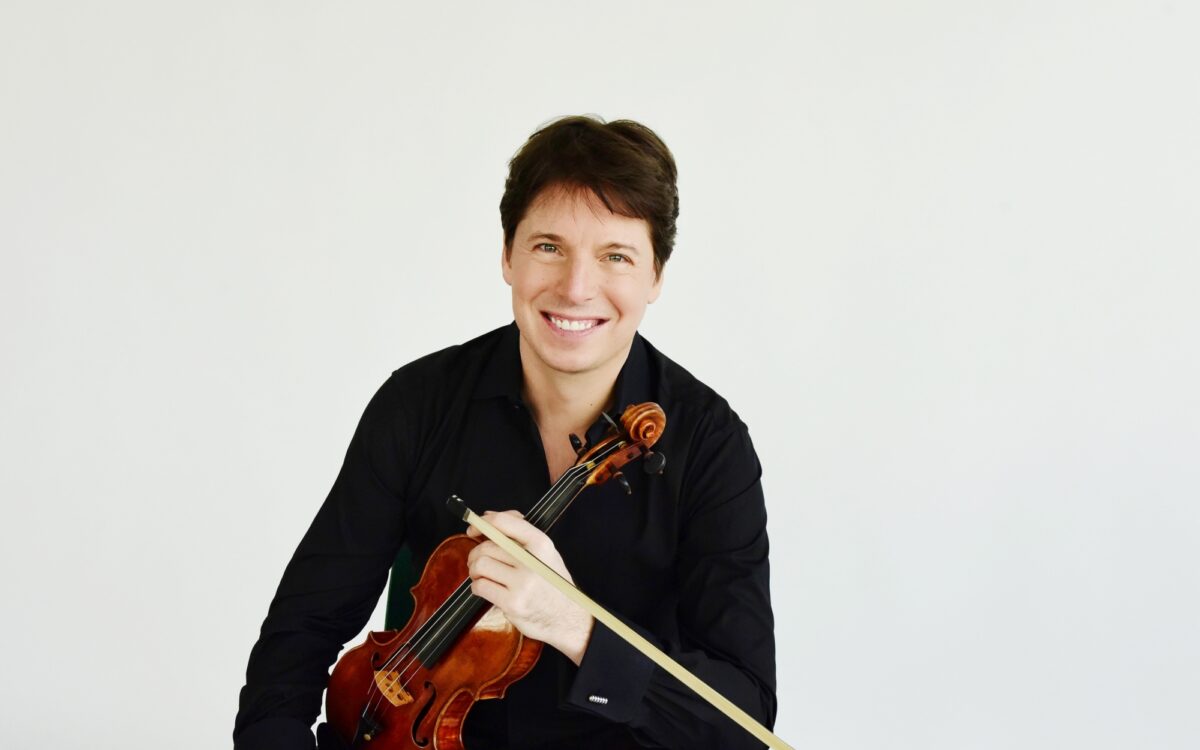Suite from Romeo and Juliet
Quick Facts
- Composer’s life: Born April 23, 1891, in Sontsovka, Ukraine; died March 5, 1954, in Moscow, Russia
- Year completed: Ballet, 1935; Suites 1 and 2, 1936; Suite 3, 1946
- First performance: Suite No. 1, Moscow, November 24, 1936
- First BSO performance: March 25 and 26, 1938, Sergei Prokofiev conducting (American premiere)
The score of Prokofiev’s Romeo and Juliet calls for 2 flutes and piccolo, 2 oboes, English horn, 2 clarinets (2nd doubling E-flat clarinet), bass clarinet, tenor saxophone, 2 bassoons, contrabassoon, 6 horns, 3 trumpets, cornet, 3 trombones, tuba, timpani, percussion (glockenspiel, tubular bells, xylophone, triangle, tambourine, cymbals, maracas, wood block, snare drum, bass drum), 2 mandolins, viola d'amore, harp, piano and celesta, and strings (first and second violins, violas, cellos, and double basses). Perhaps to make them easier to perform in concert, Prokofiev made the orchestration in the suites somewhat lighter than in the ballet, with only 2 trumpets rather than 3, 4 horns rather than 6, no mandolins, and a smaller percussion group. This selection of numbers is about 55 minutes long.
The plays of William Shakespeare—especially the tragedies—have long been popular in Russia. Among their admirers have been numerous composers. Pyotr Tchaikovsky based symphonic poems on Hamlet, The Tempest, and Romeo and Juliet; Dmitri Shostakovich turned repeatedly to Hamlet and King Lear, producing incidental music for several stage productions and scores for Grigori Kozintsev’s classic film versions.
Prokofiev, too, found frequent inspiration in Shakespeare. In 1933-34 he produced incidental music for a production called “Egyptian Nights,” a strange potpourri based on Antony and Cleopatra staged by experimental director Alexander Tairov at his Moscow Chamber Theater. Later, in 1937-38, he wrote incidental music for a celebrated and controversial Leningrad production of Hamlet, whose theme of guilt and regicide resonated deeply with Soviet audiences living through Stalin’s purges. The idea of creating a ballet of Romeo and Juliet came from the Soviet stage director Sergei Radlov (1892-1958), an important figure in the Russian theatrical avant-garde both before and after the 1917 Revolution. Radlov was familiar with Prokofiev’s music, since he had staged the first Russian production of Prokofiev’s opera Love for Three Oranges in 1926 in Leningrad. Noted for his adventurous productions of contemporary opera, Radlov directed the Russian premiere of Alban Berg’s Wozzeck at the Mariinsky Theatre, where he served as artistic director from 1931 to 1934. He also staged several plays of Shakespeare at his own dramatic theater in the early 1930s, including Romeo and Juliet in 1934.
Originally, Radlov and Prokofiev were planning to stage Romeo and Juliet at the Mariinsky (later known as the Kirov Theatre). But in one of the many political storms that beset the theater during the Soviet era, Radlov lost his position there in the aftermath of the assassination of the Leningrad Communist Party boss Sergei Kirov in December 1934. Still continuing to work with Radlov as librettist, Prokofiev signed a new contract (also later broken) for the ballet with the Bolshoi Theatre in Moscow. At the time, Prokofiev was living a peripatetic and nomadic life, commuting between Paris (where his wife and two sons still lived) and Russia, with frequent trips to the United States. Only in early 1936 did he make the fateful decision to settle his family permanently in an apartment in Moscow.
Prokofiev spent the spring, summer, and early fall of 1935 in the USSR. Despite the increasingly repressive political and ideological atmosphere to which he seems to have paid remarkably little attention, this was a period of apparently happy productivity, his chief project being Romeo and Juliet. In fact, Prokofiev worked with incredible speed, as he did when genuinely inspired. Act II was completed on July 22, 1935, Act III on August 29, and the entire piano score by September 8, after less than five months of work. In October he began the orchestration, producing the equivalent of about twenty pages of full score each day. But the planned Bolshoi production failed to take place, and no other theater came forth to take on the project.
Frustrated, Prokofiev created two orchestral suites from the ballet’s music in late 1936. These were performed soon afterwards in Russia. The stage premiere of the full-length ballet eventually took place not in Russia, but in Brno, Czechoslovakia, with choreography by Ivo Psota, who also danced the role of Romeo. The first Russian production at the Kirov Theatre in Leningrad was choreographed by Leonid Lavrovsky. Galina Ulanova scored one of her greatest successes in the role of Juliet. The story line of the Kirov version had been stitched together by four authors: Radlov, Prokofiev, Lavrovsky, and critic/playwright Adrian Piotrovsky. Not surprisingly, the repeated revision of the scenario produced what critic Arlene Croce has called a “dramaturgical nightmare.”
The original scenario (later altered) changed the play’s ending to a happy one. Radlov and Prokofiev had Romeo arrive a minute earlier than in Shakespeare, finding Juliet alive. “The reasons that led us to such a barbarism were purely choreographic,” Prokofiev explained later. “Living people can dance, but the dead cannot dance lying down.” Another factor was certainly the Soviet doctrine of Socialist Realism, which urged composers to provide optimistic, uplifting endings to their operas and ballets. But in the end, Prokofiev and his collaborators restored the original tragic ending, which turned out to be spectacularly effective both choreographically and musically.
Each of the two orchestral suites Prokofiev arranged in 1936 from the music for Romeo and Juliet has seven titled sections. Suite No. 1 (Opus 64-bis) focuses on rearranged genre episodes from Acts I and II and does not attempt to follow the dramatic action. Four of its sections are dance intermezzi and only two (“Madrigal” and “Romeo and Juliet”) make use of the major dramatic leitmotifs. Suite No. 2 (Opus 64-ter), on the other hand, possesses a more logical narrative structure that follows the play’s plot. The third suite (Opus 101), made in 1946, is a series of tableaux with no narrative goal.
Romeo and Juliet represents a giant step forward in Prokofiev’s evolution as a ballet composer. It is a remarkable synthesis of the five “lines” of his musical personality, as he once described them: classical, modern, toccata (or motor), lyrical, and grotesque. His aggressive “Scythianism” found brilliant expression in the violent hostility between the Montagues and Capulets, and in the brutal darkness of the unenlightened medieval setting. His “classicism” found an outlet in the courtly dances required of an aristocratic setting, such as gavottes and minuets. Entirely appropriate for some of the character roles, such as the Nurse, was Prokofiev’s famous satirical style, while his scherzo style suited volatile characters like Mercutio. And finally, Prokofiev’s lyricism, an increasingly important part of his artistic personality since the late 1920s and now reinforced by the Soviet musical environment (which prized melody and accessibility above all else), was both necessary and particularly successful in conveying the innocent passion between the lovers that lies at the center of the drama. Romeo is Prokofiev’s first completely successful lyrical stage work, and his first convincing portrayal of non-ironic romantic love.
Harlow Robinson
Harlow Robinson is an author, lecturer, and Matthews Distinguished University Professor of History, Emeritus, at Northeastern University. His books include Sergei Prokofiev: A Biography and Russians in Hollywood, Hollywood’s Russians. He has contributed essays and reviews to The Boston Globe, The New York Times, Los Angeles Times, and Opera News, and program notes to the Boston Symphony, Los Angeles Philharmonic, New York Philharmonic, and Metropolitan Opera.



